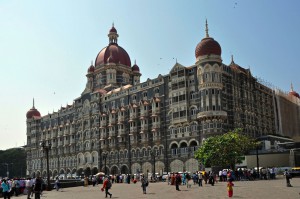
Less than nine months after opening the first hotel in Mumbai under its brand, Hong Kong luxury chain operator Shangri-La Asia handed the keys back to the owner.
Now, United States-based Starwood Hotels & Resorts Worldwide is in talks with the same owner to take over management of the property under its St Regis brand, people familiar with the matter said, as part of a shake-out in the luxury segment of India?s ailing hotel industry.
Slowing economic growth and an oversupply of new hotels conceived during the boom years of 2006 and 2007 have led to falling room and occupancy rates in India, straining relationships between hotel owners and the global chains brought in to run them.
But while some global operators are leaving, others like InterContinental Hotels, Hyatt Hotels and Starwood are jumping in, using the now unbranded hotels to accelerate their expansion in a country they believe has long-term potential.
?More than half the future deals we are looking at are conversions in the four- and five-star category,? said Dilip Puri, India head and regional vice-president for South Asia at Starwood, which runs 38 hotels in India and plans to have 100 in operation or under construction by next year.
Puri declined to comment on Starwood?s interest in the erstwhile Shangri-La. The hotel, now called the Palladium, is owned by mall developer Phoenix Mills, and both the company and Shangri-La declined to comment on why the partnership ended.
Shangri-La, however, appears to be betting big on mainland China: about half of the 27 hotels it plans to open, or are under construction, over the next two years will be in China, according to the company?s website.
Six years ago, a night at a luxury hotel in the Delhi region cost on average 10,429 rupees ? about US$259 at the time and on par with several five-star hotels in Singapore.
Occupancy rates were an enviable 74 per cent, according to hospitality consultants HVS, as business travellers flocked to India, an economy that was then growing at nearly 10 per cent.
Since then, economic growth has halved, reducing the flow of corporate guests, who make up about 70 per cent of the business for five-star hotels in cities like Delhi and Mumbai.
Click here to read more.

